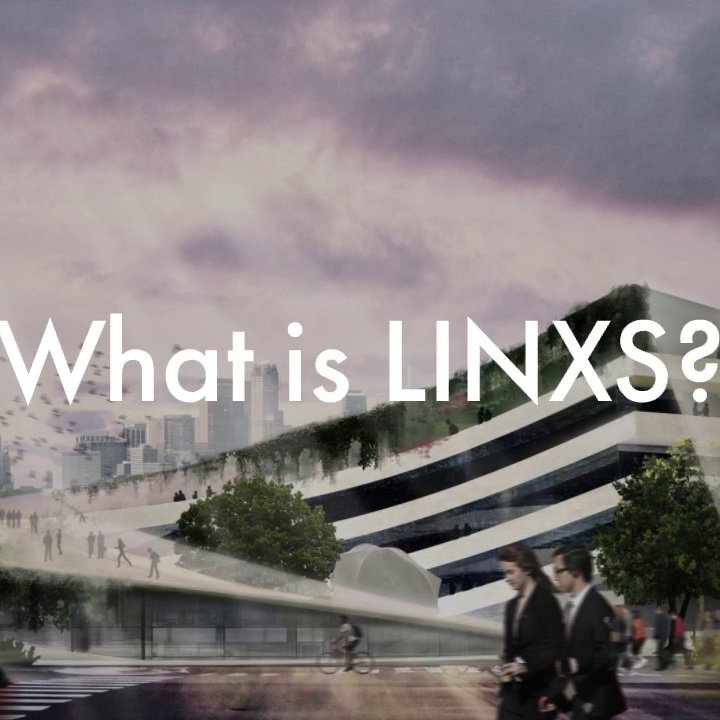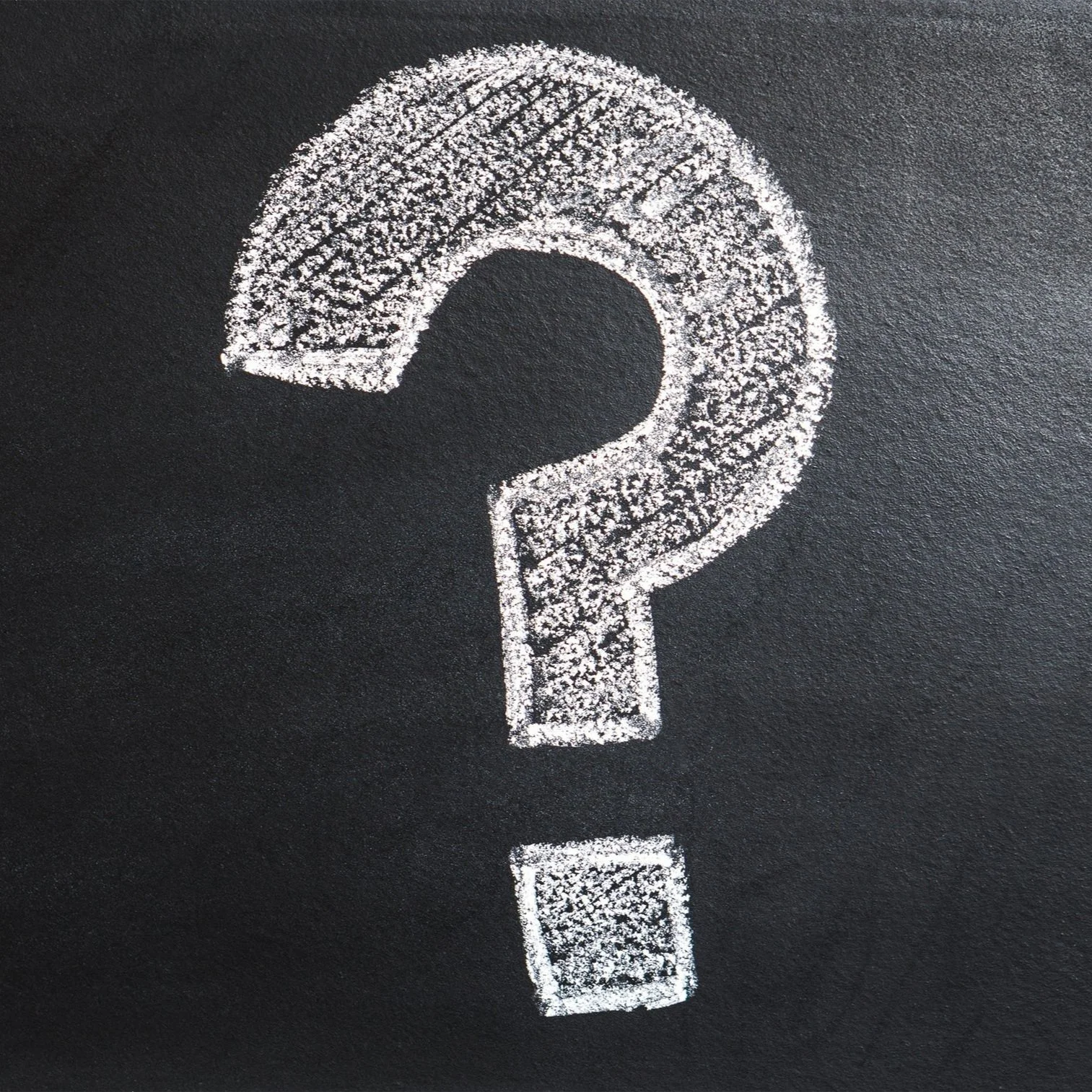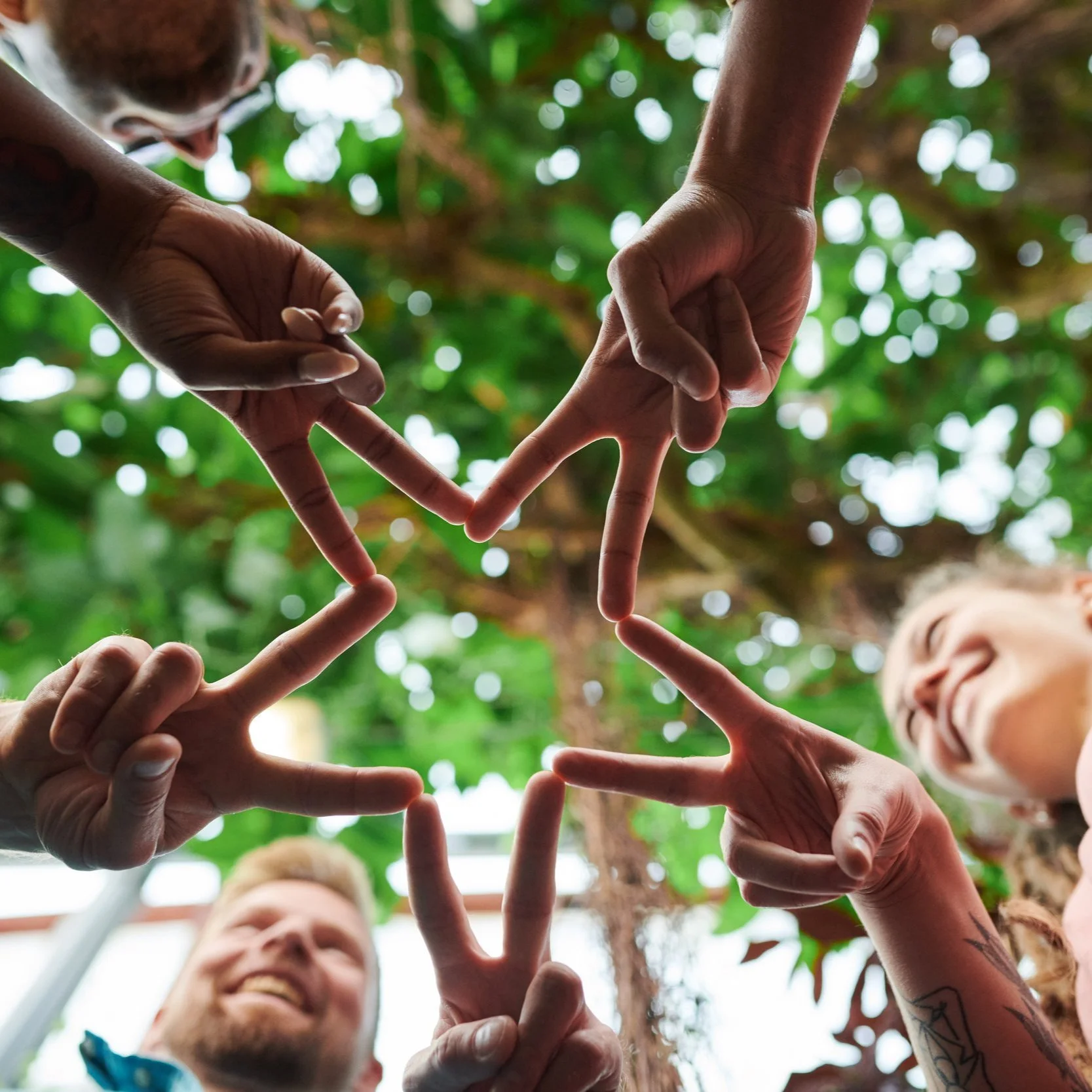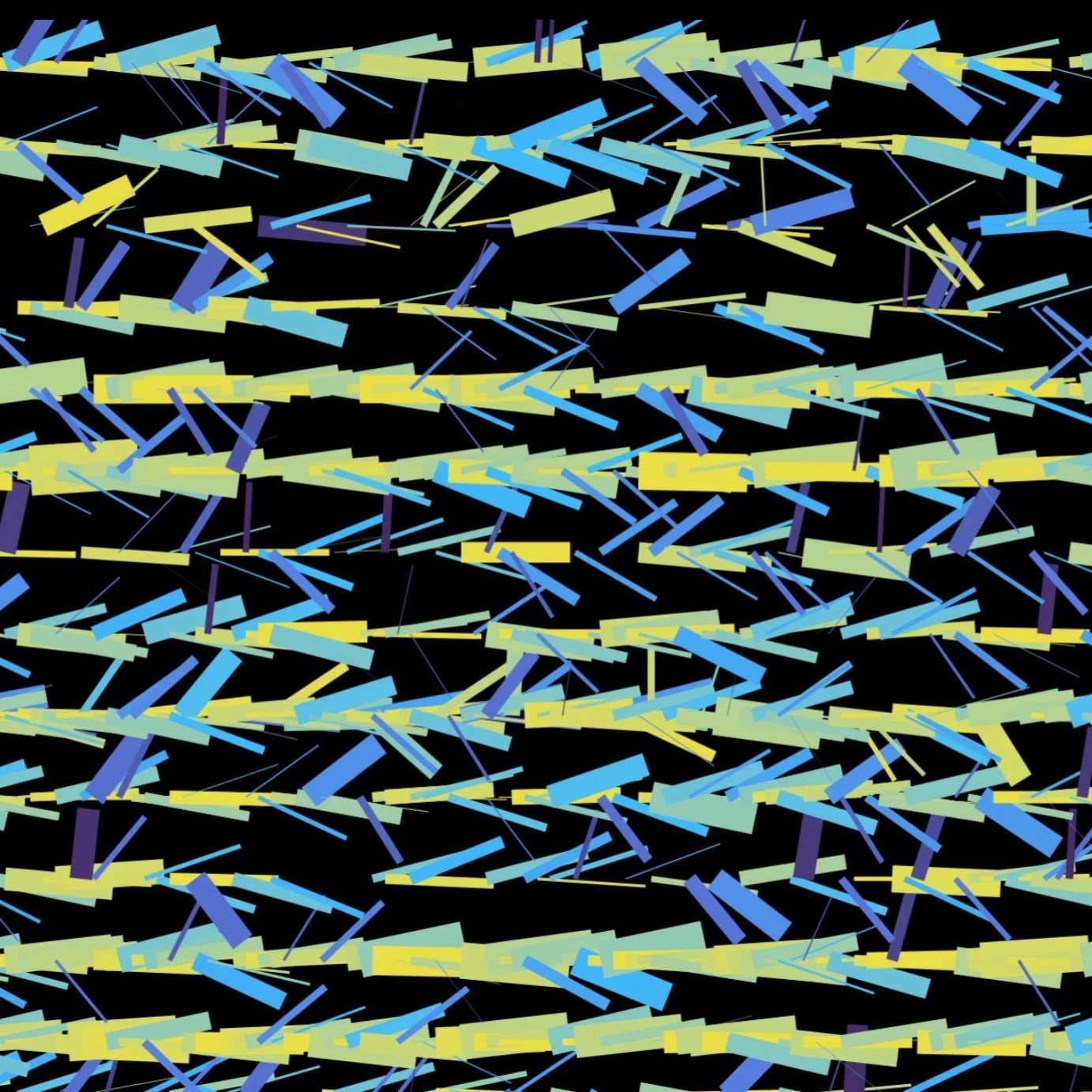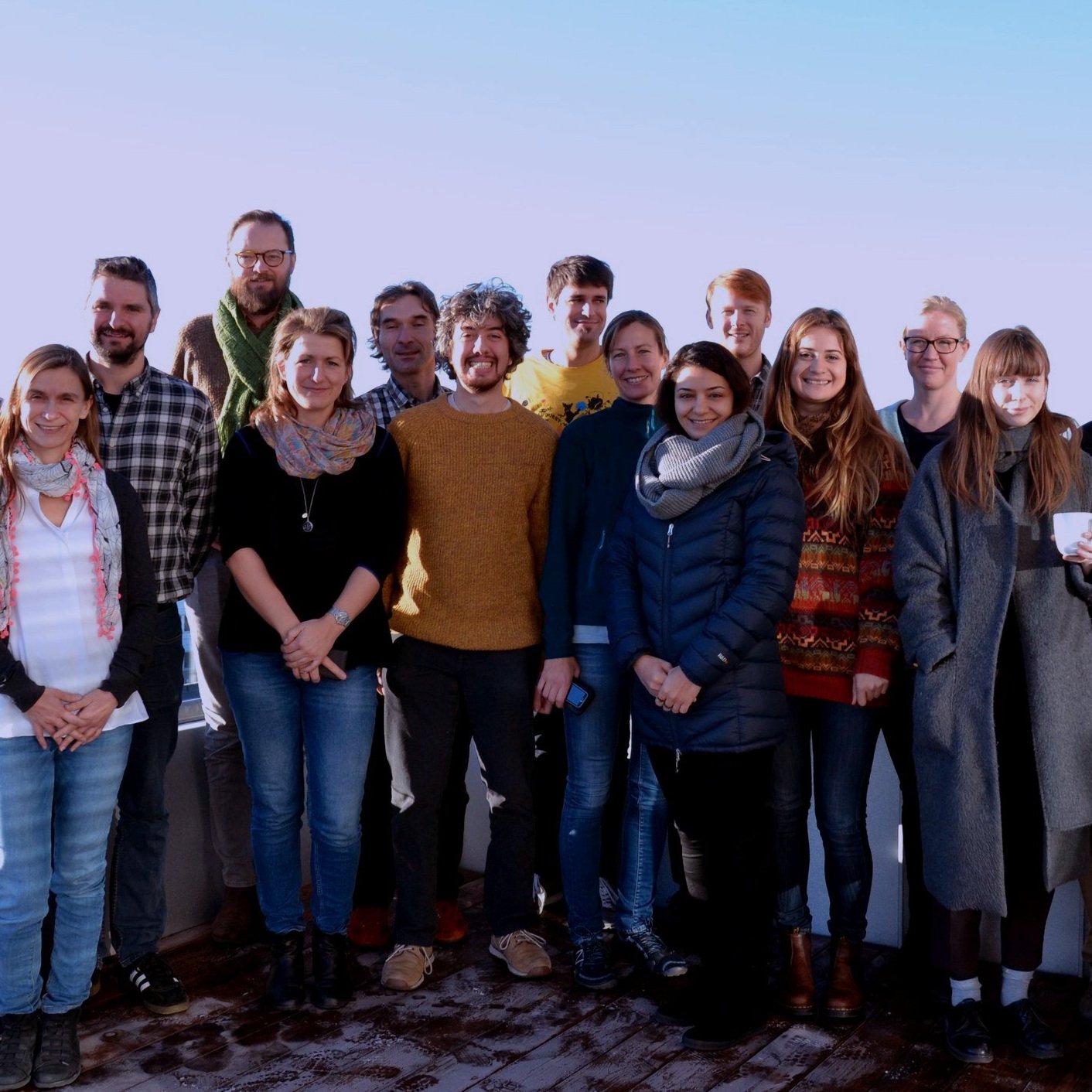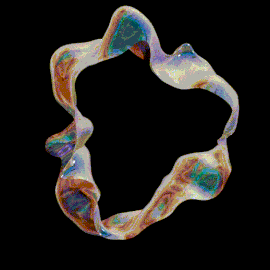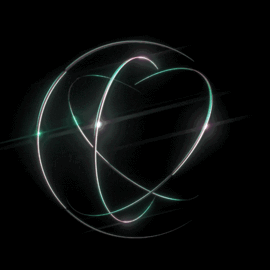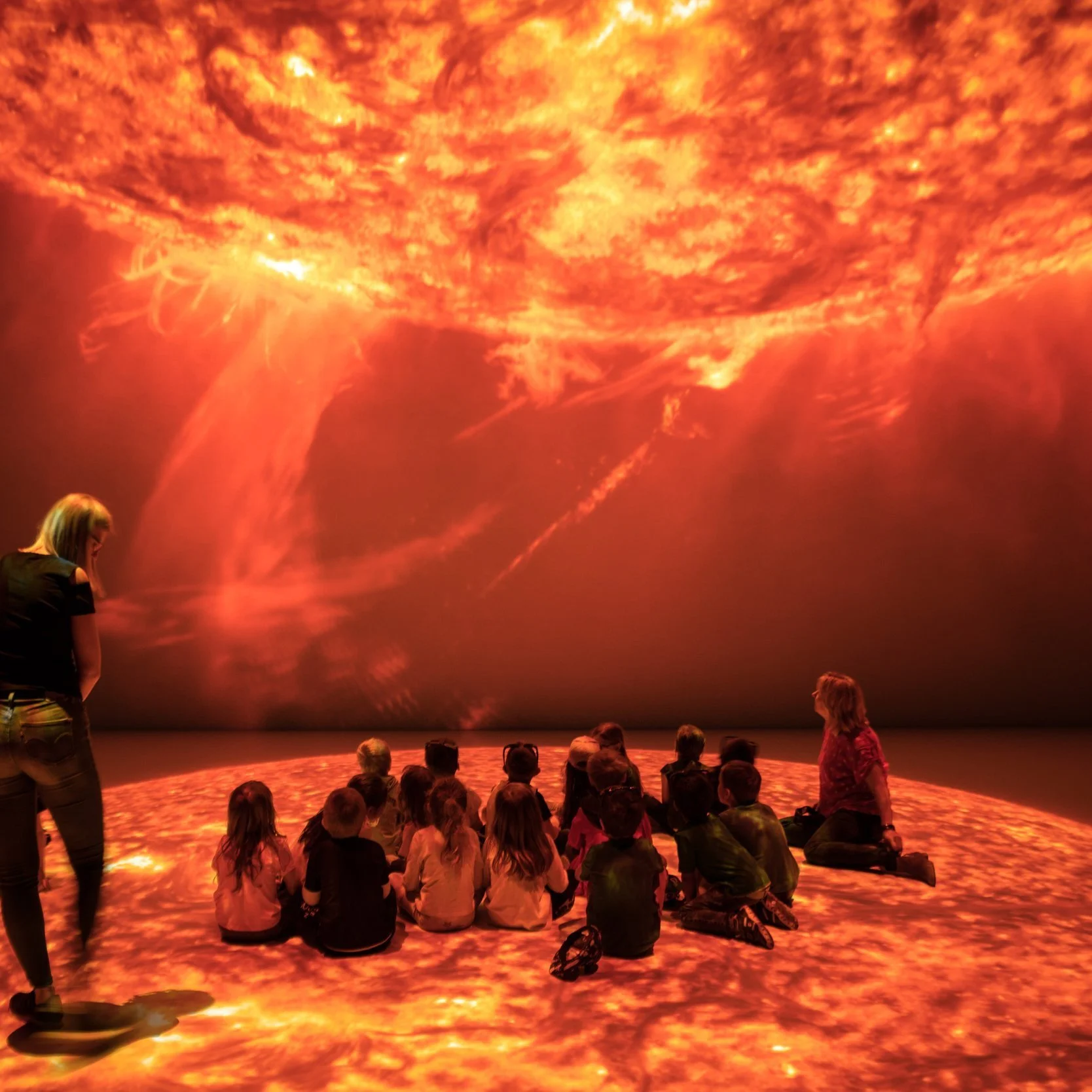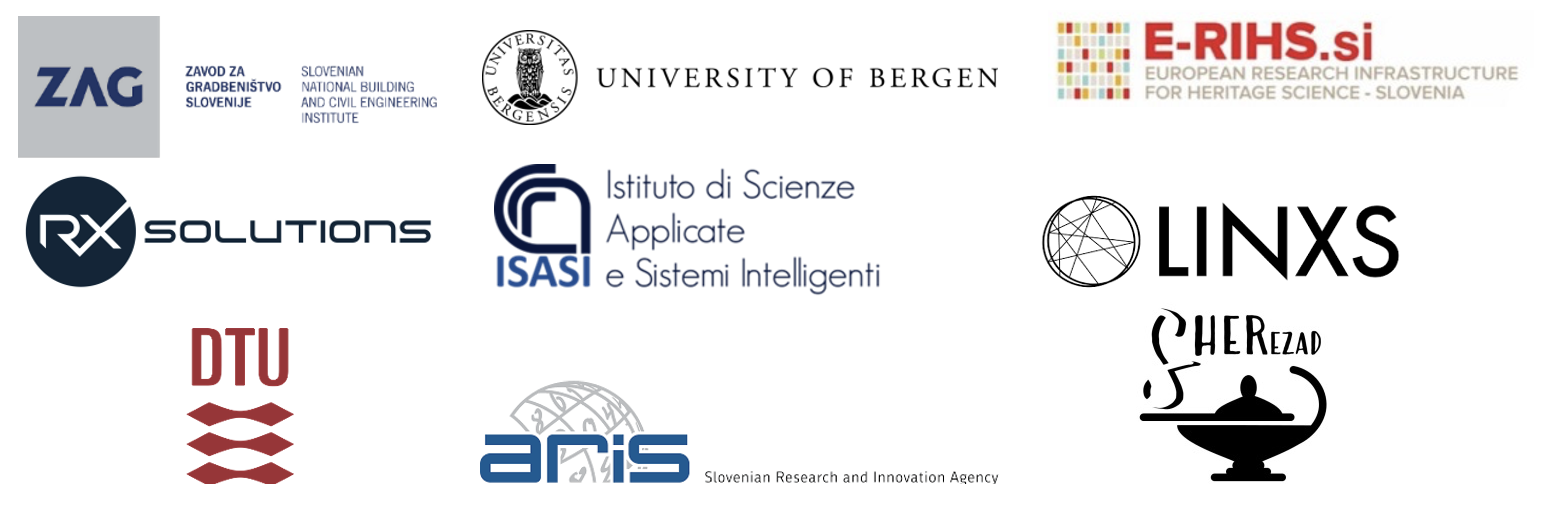Day 1 – at ZAG – 5th floor, 08.30-17.00
08.30 – 08.55 - Coffee and registration
08.55 – 09.10 – Welcome and presentation of ZAG and Heritage Science theme at LINXS, Lucia Mancini, ZAG (Slovenia).
09.10 – 10.10 – Keynote speaker I: - Toward a unified platform for the digital twins of the specimens of natural history collections, Patrick Semal, Royal Belgian Institute of Natural Sciences, Brussels (Belgium).
10.10 – 10.40 – InfraVis: a Swedish national infrastructure for Visualization of Datasets, Emanuel Larsson, Lund University & LINXS (Sweden).
10.40 – 11.00 – Coffee break
11.00 – 11.45– SPAM: an open-source software for quantitative 3D image analysis, registration and correlation, Olga Stamati, Université Grenoble Alpes (France).
11.45 – 13.00 – Visit to ZAG Institute and laboratories
13:00 – 14:30 – Light lunch & poster session
14:30 – 15:15 – Neutron plus X-ray tomography for the study of coupled processes, Alessandro Tengattini, ILL, Grenoble.
15.15 – 15.45 – Coffee break
15:45 – 17:00 – Volumetric Data Analysis and Visualization with QIM3D (talk+ demo), Felipe Delestro Matos, DTU (Denmark).
17:00 – 17:15 – Open Q&A session
19.00 – 23.00 – Social Dinner in Ljubljana city center
Day 2 – at ZAG – 5th floor, 09.00-17.00
09. 00 – 10.00 – Keynote speaker II: - Towards Cross Virtuality Material Analytics - Design Studies on Augmented and Virtual Reality Applications and Combinations thereof Applied to Rich XCT Data, Christoph Heinzl, University of Passau (Germany).
10.00 – 10.45 – Dynamic Collections Plus: Advancing Archaeological Practices through 3D Visualization and Investigation Tools (talk + demo/tutorial), Nicolò Dell'Unto, Lund University.
10.45 – 11.05 – Coffee break
11.05 – 11.40 – Advanced X-ray Inspection Techniques for Efficient Defect Detection, Joaquim Sanctorum, University of Antwerp (Belgium).
11.40 – 12.10 – Cosmic rays for imaging cultural heritage objects, Maxime Lagrange, Catholic University of Louvain (Belgium).
12.10 – 13.30 – Lunch break
13.30 – 15.00 – From light-based tomography, to 3D reconstruction to Augmented Reality (demo/tutorial), Emanuel Larsson, Lund University & LINXS.
15.00 – 15.30 – Coffee break
15.30 – 16.30 – Immersive 3D visualization of CT data with Dragonfly (talk + demo/tutorial), Anton du Plessis, Dragonfly Sales EMEAI (Canada).
16:30 – Bust transfer to Ljubljana city center
17:30 – 19:30 – Boat tour with light dinner
Day 3 – at ZAG – 5th floor, 08.30-12.30
08. 30 – 09.30 – Short presentations (7-8 min + Q&A)
Presentation 1: Synchrotron and neutron applications for cultural heritage-oriented palaeoecology and wetland archaeology—some questions posed by practitioners, Paulina Blaesild, University of Gothenburg (Sweden).
Presentation 2: Multi-analytical characterization of stone materials employed in the Val di Noto UNESCO sites (Sicily, Italy): Advanced Visualization Tools for Heritage Conservation, Valeria Indelicato, University School for Advanced Studies IUSS Pavia (Italy).
Presentation 3: From Virtual and Live Access to Prehistoric Rock Art – towards a Rock Art Research Infrastructure in Norway, Trond Lødøen, University Museum of Bergen (Norway).
Presentation 4: Alternative scanning geometries and visualization using the FleXCT system and the ASTRA toolbox, Joaquim Sanctorum, University of Antwerp (Belgium).
Presentation 5: X-ray microCT for heritage science, Solene Valton, RX Solutions, Chavanod (France).
09:30 – 10.30 – Summary talk & perspective work, Björn Nilsson, University Museum of Bergen.
10:30 –11:30 – Round table (with coffee)
11.30 – 12.30 – Light lunch & farewell

